Understanding Hindu Wedding Invitations
Hindu wedding invitations, often referred to as wedding cards, serve not only as a means of informing guests about the wedding but also as a significant cultural artifact that embodies the values, traditions, and aesthetics of Hindu marriage customs. These invitations are typically crafted with careful attention to detail, reflecting the personal taste of the couple as well as their family heritage. The design elements, colors, and motifs portrayed in Hindu wedding cards hold deep cultural symbolism, making them an integral part of the ceremony.
Traditionally, vibrant colors such as red, gold, and green are predominant in Hindu wedding invitations, as they are believed to signify auspiciousness, prosperity, and fertility. Red, in particular, represents the bride’s marital status and is often used in various aspects of the wedding celebration. Gold embellishments are commonly used to signify elegance and richness, thereby enhancing the overall appearance of the wedding card. Furthermore, intricate patterns, floral designs, and religious symbols such as Ganesh or Om are often featured, as these motifs carry significant spiritual meaning and blessings for the couple embarking on their marital journey.
The textual elements of Hindu wedding invitations also portray the couple’s unique identity. The wording often includes traditional phrases and blessings, inviting guests to join in the auspicious event. Elements such as the names of the couple, their families, and the important details of the wedding date, time, and venue are carefully arranged to convey the necessary information while adhering to cultural norms. By combining these visual and textual features, Hindu wedding cards effectively encapsulate the essence of the wedding ceremony, fostering a sense of belonging and unity among family and friends as they celebrate this important milestone in the couple’s lives.
The Role of CDR Files in Designing Wedding Cards
The choice of file format plays a crucial role in the design process of Hindu wedding cards, and CDR files, created by CorelDRAW, stand out as a superior option. CDR files are vector graphics formats, which means they use mathematical equations to represent images instead of pixels. This characteristic ensures that the designs can be scaled without any loss in quality, making them ideal for intricate patterns and elaborate details commonly found in Hindu wedding invitations. As a result, designers can create stunning visuals that maintain their crispness and clarity, whether printed on a small card or a large banner.
Another significant advantage of using CDR files lies in their editing flexibility. Designers often need to modify elements of wedding card designs based on client feedback or specific cultural themes. With CDR files, making adjustments is seamless and efficient. The layers and components of the design can be easily altered, allowing for a more personalized and custom invitation. This ease of editing is particularly beneficial when incorporating traditional symbols and motifs prevalent in Hindu wedding culture.
Additionally, CDR files support a wide array of colors and textures, which enhances the aesthetic appeal of the wedding cards. The vibrant colors typical of Hindu celebrations can be accurately represented in these files, enabling designers to achieve the desired visual impact. Moreover, CDR files can be exported into various other formats, providing flexibility when sharing designs with print shops or clients who may not use CorelDRAW.
Ultimately, the use of CDR files in designing Hindu wedding cards offers a combination of high-quality resolution, editing convenience, and versatility, making them the preferred format for creating visually captivating and culturally meaningful invitations.
Designing Your Hindu Wedding Card: Step-by-Step Process
Creating a Hindu wedding card is a significant task that involves careful consideration of various design elements to ensure that the final product is not only visually appealing but also culturally relevant. The first step is to choose an appropriate color palette. Traditionally, colors such as red, gold, and yellow symbolize auspiciousness and joy in Hindu culture. Utilizing these colors can set the right tone for the invitation, making it inviting and festive.
Next, incorporating traditional motifs and images is essential in portraying the cultural richness of Hindu weddings. Elements such as paisleys, floral patterns, and images of deities or sacred symbols like the Om or a peacock can enhance the visual appeal. These motifs should align with the overall theme of the wedding, whether it is modern or traditional, to create a cohesive look.
Font selection is another critical aspect. Choose fonts that are elegant yet readable, maintaining a balance between aesthetic appeal and functionality. It is often beneficial to mix two complementary typefaces – one for the names of the couple and another for the wedding details. This not only elevates the design but will help the varying textual elements stand out effectively.
When laying out the text, ensure that the hierarchy is clear; vital information such as the couple’s names, wedding date, and venue details should be prominent. Utilizing white space effectively is also crucial; it allows the design to breathe and prevents it from appearing cluttered. Consider consulting design guidelines or templates available in CDR format which can facilitate the creation process.
Finally, conducting multiple reviews and obtaining feedback can refine your design further. Taking these steps will ensure that your Hindu wedding card is not only visually stunning but also resonates deeply with the cultural sentiments of all attendees.
Common Mistakes to Avoid When Designing Hindu Wedding Cards
Designing Hindu wedding cards involves a deep understanding of cultural significance and personal preferences. One of the most critical mistakes to avoid is neglecting the rich symbolism inherent in Hindu traditions. Every element, from colors to motifs, carries specific meanings that reflect the couple’s journey and family values. Failing to incorporate these aspects can lead to invitations that lack depth and resonate poorly with the intended audience. For instance, while red is often associated with weddings, other colors like gold and green may also play crucial roles, depending on regional customs.
Another prevalent error pertains to poor text formatting. The text on a wedding card should not only be aesthetically pleasing but also easily readable. Small fonts or overly ornate styles can deter guests from absorbing essential details about the event. It’s vital to strike a balance between elegance and clarity; this entails selecting legible typefaces and proper sizing for the various pieces of information displayed, including names, dates, venues, and timings.
Customization is another critical aspect that should not be overlooked. Designers must ensure that the wedding card reflects the couple’s personalities and story. A common pitfall is using generic templates that do not convey the unique themes or traits of the couple. Including personal narratives, favorite quotes, or specific imagery related to their love story can elevate a card from being ordinary to truly memorable. By avoiding these mistakes and focusing on the significance of cultural elements, efficient formatting, and individualization, designers can create meaningful Hindu wedding cards that resonate with families and guests alike.
Printing and Distribution of Hindu Wedding Cards
The process of printing and distributing Hindu wedding cards is a crucial step that requires careful consideration and planning. Once the design of the wedding card is finalized, couples must select the appropriate printing service that aligns with their specific needs. Factors such as budget, turnaround time, and printing quality heavily influence this decision. It is advisable to research various printing services online, reading reviews and comparing portfolios to find a vendor that specializes in wedding cards, particularly in the Hindu tradition.
Choosing high-quality materials for the wedding card is paramount. The paper quality not only affects the overall appearance but also enhances the tactile experience of the card. Popular options include textured, metallic, or eco-friendly paper. Each of these materials can evoke different feelings and add a unique touch to the wedding card. In addition, ensuring accurate color representation during the printing process is essential to maintain the integrity of the design. Requesting samples from the printing service before finalizing the order can help gauge how the colors will appear in the final product.
Once the cards are printed, the next phase involves effective distribution to ensure they reach all intended guests timely and in impeccable condition. Couples may consider using personalized envelopes to enhance the presentation of their invitations. Additionally, organizing a mailing list in advance can streamline the distribution process. Couples should also account for international guests by allowing ample time for cards to arrive. For those guests living nearby, hand-delivering can add a personal touch. Overall, meticulous attention to both printing and distribution will ensure that the Hindu wedding card serves its purpose in inviting loved ones to celebrate the significant occasion.

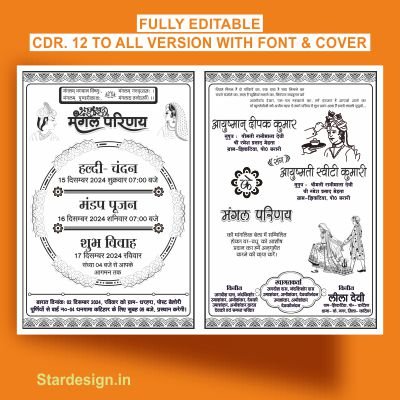
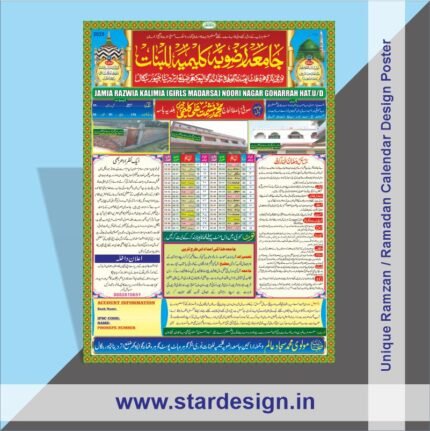
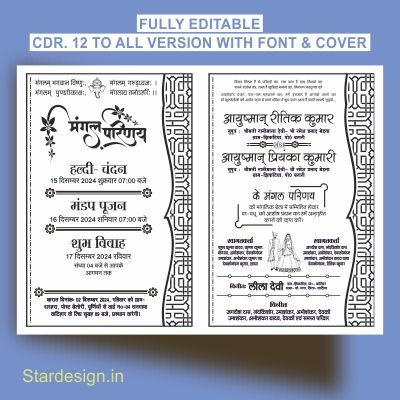




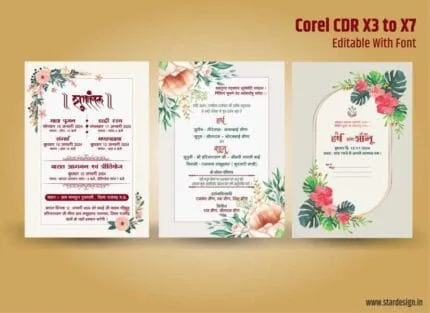

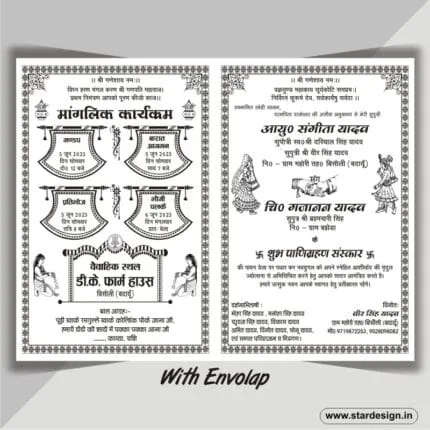
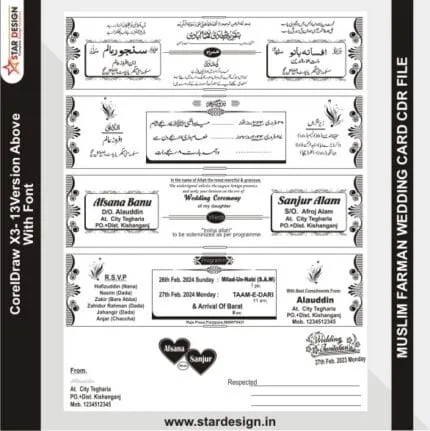
Reviews
There are no reviews yet.